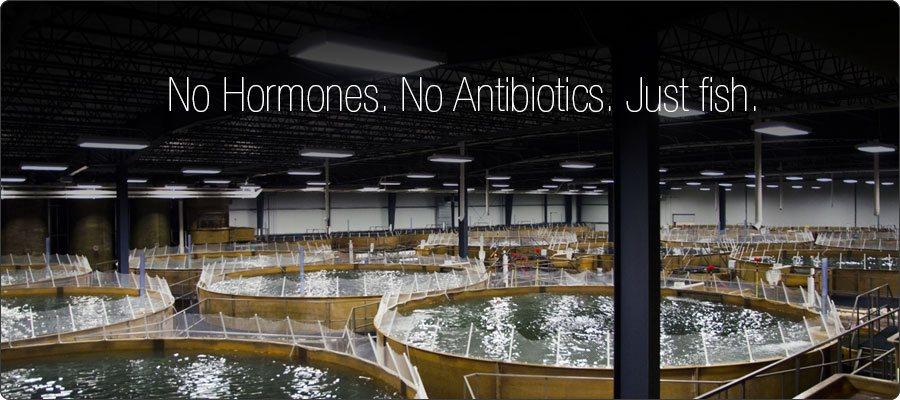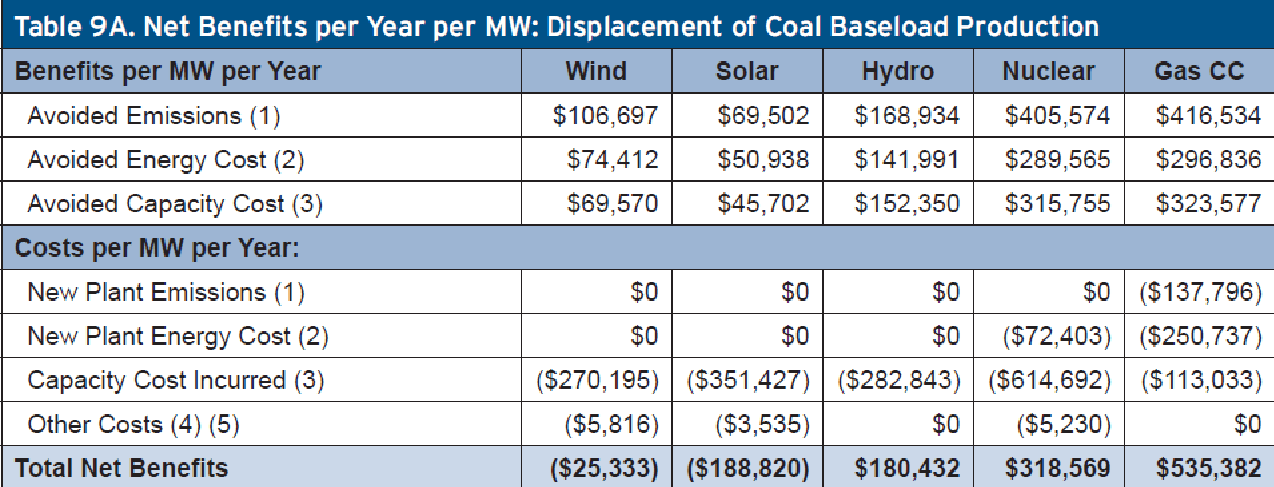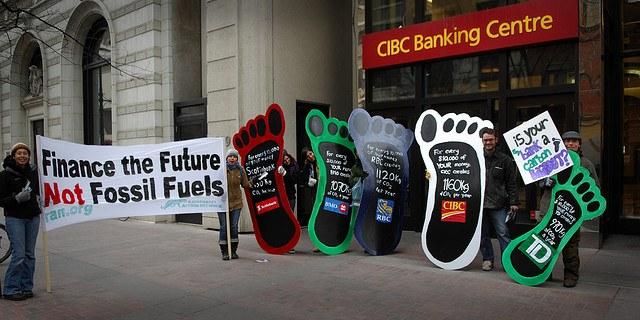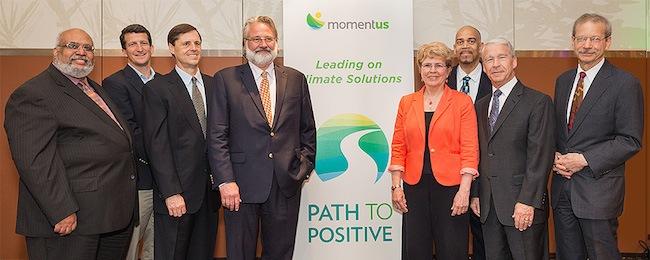Investing in a Sustainable American Workforce


By Leah B. Thibault
One of the (multiple) challenges that deters investment in rural low-income communities is the availability of a skilled and ready workforce. Whether it’s retrofitting an out-of-date paper mill with state of the art equipment, building a clean-tech manufacturing plant from scratch or constructing a new branded hotel, the investment calculus includes the workforce readiness of the local community where the employees will be sourced.
As we work to bring opportunity to the nation’s most economically distressed census tracks, CEI Capital Management LLC is building workforce readiness into many of the investments we make through the Federal New Markets Tax Credit program. Created by Congress, the New Markets program is designed to incentivize investment in places that desperately need sustainable jobs -- and to serve as a seed for success that will ripple through the community and spur even more employment. In aggregate, we have created set-asides of close to $1 million for educational and worker training programs associated with these investments. We are seeing positive results that support our triple-bottom-line mission.
One example is our New Markets work in Concord, New Hampshire. As part of the financing package to build a new Marriott Hotel, we established a powerful workforce development partnership. It may surprise some to learn that there is a significant refugee population in the Granite State. Since 2008, nearly 3,000 refugees have resettled there -- the majority of whom are Bhutanese, including many that spent close to 20 years in refugee camps in Nepal. While these new residents lack certain skills, they have a strong desire to work.
Managed by Lutheran Social Services of New England, paid for with a portion of the hotel’s New Markets funding, and with willing cooperation with the local developer and the broader business community, the effort has conducted 10 vocational training programs for refugees and immigrants since 2010.
While the first sessions focused on the training workers for hospitality jobs, Lutheran Social Services has since built on that framework, rippling beyond the hospitality industry. They’ve secured other funding and have engaged other local businesses. The training has expanded to include health and child care industries. They report that nearly 80 percent of the 94 healthcare and hospitality program graduates have found work; and 90 percent of the refugees who participated in the childcare training pilot program have registered with the state as Childcare Providers. These figure are vast improvements over earlier data that indicated a 15 percent hiring rate for this population.
More recently, the revitalization of St. Croix Tissue, Inc., a new tissue mill in the rural Canadian border town of Baileyville, Maine, is linking workforce training with New Markets Tax Credit investments. The mill’s owners are expanding their existing pulp operations with the installation of new, high-tech machinery that will not only preserve some 300 existing jobs at the adjacent, century-old Woodland Pulp mill, but will also add up to 80 new positions at the St. Croix Tissue facility. For the machinery investment to succeed, many of these employees will participate in the WorkReady Maine program, a collaboration of multiple public and private entities.
The WorkReady Maine program will provide training support to a minimum of 300 individuals preparing for employment in Washington County, including the estimated 60 to 80 new workers at Woodland Pulp and St. Croix Tissue. Washington County is ranked as the most economically distressed county in Maine. Current employees at St. Croix drive as much as two hours one way to hold these jobs. Those not hired with the new program at the St. Croix facility will be linked with a Maine Department of Labor Career Center for job search and job placement assistance -- increasing not only the likelihood of success for St. Croix’s workers, but also improving opportunities for many of the area’s low-income residents.
Meanwhile, at Greenfield Solar, a solar farm in rural Western Massachusetts, the New Markets Tax Credit program offered another path to workforce development in an industry not known for being a large job creator. Located on a capped landfill in the community of Greenfield, Massachusetts, this 2-megawatt facility is the first solar project built under the Massachusetts Green Communities Act, which aims to increase renewable energy use in Massachusetts to at least 25 percent of all energy used by 2030. As part of the funding package, the project sponsors agreed to provide $100,000 to a local community college to fund a renewable energy training program, with the potential for further funding should the sale price of state Solar Renewable Energy Credits rise.
More community development investments can assure their sustainability by baking-in training and workforce readiness into the investment. It’s the “people” part of the triple bottom line that can apply to any industry.
Leah B. Thibault is Director of Operations for CEI Capital Management.


















